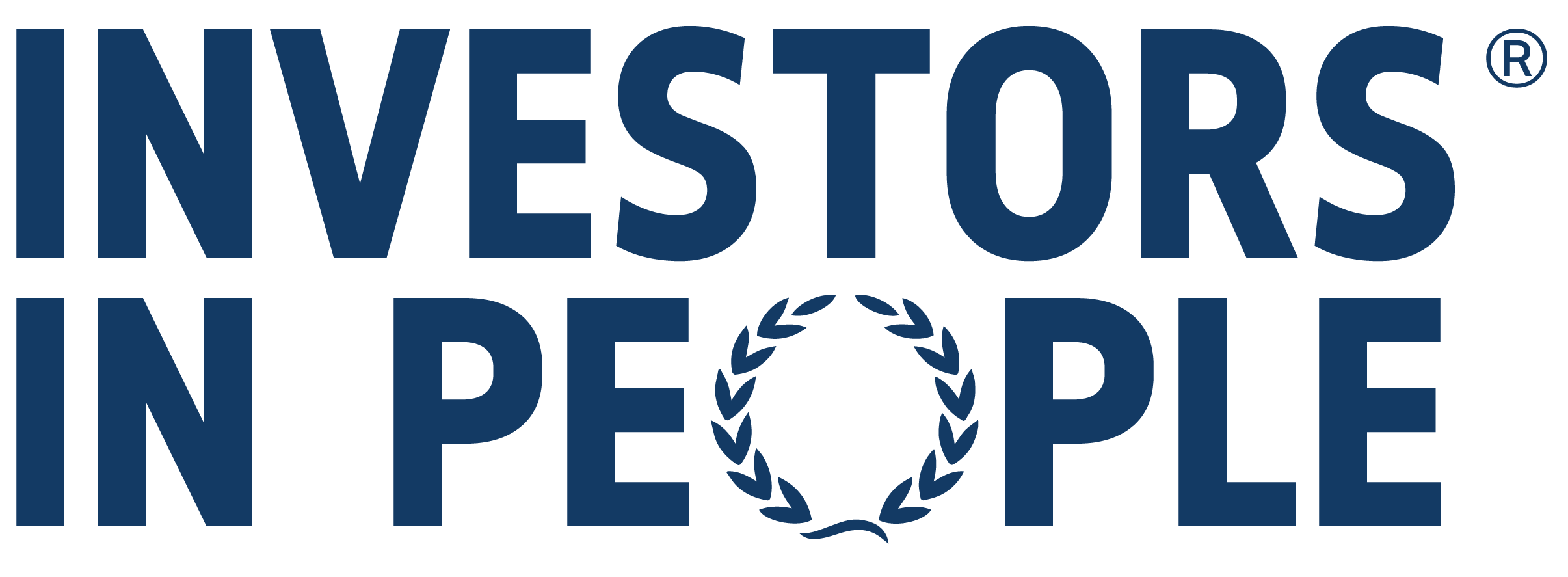We’ve made the case for why employee voice is so fundamental to sustainable organisational success in the modern world. With that in mind, how should organisations go about embedding and activating employee voice?
Line managers are certainly crucial, but because unequal social structures in the workplace strongly discourage employees from speaking up, action from multiple angles is critical if organisations are to truly embed employee voice.
So what should organisations do? We look at six ways they can activate employee voice and keep it working long-term.
Encourage more employee-centered leadership styles
Detert and Burris (2012) found a positive relationship between transformational leadership and employee voice, while Walumbwa and Schaubroeck (2009) found the same positive relationship between ethical leadership and employee voice. Finally, Hsin-Hua Hsiung (2011) found a positive relationship between authentic leadership and employee voice.
Organisations with traditional leadership styles – such as directive, authoritarian or heroic – should therefore incorporate employee-centered styles in their succession planning strategies. As well as, leadership development programmes to encourage employee voice.
Employee voice emerges when employees feel able to be honest and true to themselves. By role modelling individuality through authenticity, leaders signal that having opinions and voicing them are desirable behaviours.
Senior leaders must ensure that employee voice mechanisms are built into decision-making at the highest level.
Ensure senior leaders set the right tone and climate
Senior leaders interact with employees less often than managers and so their impact on employee voice is indirect. The actions they take and the decisions they make filter down into organisational stories that are spread across the organisation. These stories can be negative or positive.
For example, highly centralised decision-making combined with a lack of face-to-face time with employees may lead to a ‘shared story’ across the organisation that employee opinions are not valued or considered when senior leaders make decisions.
Senior leaders must, therefore, ensure that employee voice mechanisms are built into decision-making at the highest level, so that organisational stories about senior leader openness to suggestions are positive. Having an employee representative on the board, for example, could help spread the right stories, as long as this placement is taken seriously.
Encourage leaders to participate in trust-building conversations and hierarchy-reducing actions
Bartolome and Laurent (1991) say that “trust flees authority.” This is corroborated by research from Hult International Business School, which suggests that even leaders who pride themselves on ‘having an open door’ find it hard to get honest answers from employees due to the inherent mismatch in power and authority.
Detert and Treviño (2010) say that conversations with “skip-level leaders” – or those several rungs above direct supervisors – are particularly prone to this problem due to the lack of historical trust-building encounters that would arise more naturally in employee-line manager relationships.
Encouraging middle managers to hold conversations on informal territory, listening more than talking and responding in ways that soothe employee concerns about ‘being out of line’ are all ways, that organisations can take action to address this issue.
Prioritise making employees feel psychologically safe
The idea of giving critical feedback can make employees feel psychologically unsafe. This is defined by a perceived high level of risk to areas such as wellbeing, social standing and in-or-out group status. Faced with this risk, it’s easier to stay silent. This is difficult to overcome, but the good news is that managers can take action on multiple fronts.
Certain types of body language – such as crossed arms or defensive posturing – can make employees feel psychologically unsafe. Being aware of how you come across is important. Alternatively, making it clear how you will protect the employee in the way you present their feedback upwards can make them feel safer in your hands. You could also provide information on timeframes and next steps.
Consistency in the long-term is important here. The more you can make employees feel safe, the more they will feel comfortable voicing their opinions in future. And the more they will proactively offer feedback without being asked. Achieving this shift at scale is key to embedding employee voice as part of the organisation’s culture.
Provide information to employees in a non-hierarchical way
When senior leaders are perceived as sitting in their ivory tower, hoarding information and making decisions unilaterally, it is perhaps unfair to expect employees to develop a strong voice.
The more you can make employees feel safe, the more they will feel comfortable voicing their opinions in future.
Cultures with a strong employee voice are inherently dialogic. It’s not only about employees providing feedback to the organisation, but also shared discussion, co-created ideas, and the flow of management information downwards to develop an informed workforce that feels like it has a stake in the organisation’s future.
Senior leaders can encourage the development of a dialogic culture by actively sharing financial information, decision-making processes, organisational developments, market challenges and anything else that promotes transparency. This information should be shared via multiple channels and feedback should be encouraged.
Set up formal channels, but remember these are necessary, not sufficient
Employee voice should never be confined to one channel. In fact, research suggests the total number of channels for employee voice, both formal and informal, heavily influences employee perceptions of whether they can speak out or not.
However, setting up formal channels for employee voice is important for a secondary reason. Publicly adding as much weight to the idea of employee voice, so that it is constantly visible and legitimised.
A common formal channel is having employee representatives on the management committee. Some staff may feel more able to be honest with employee representatives than managers. Although they will struggle to give job role-related feedback due to the lack of context (this would be better given to line managers).
Additionally, management meetings are likely to be spaced out, making informal, ‘always-on’ employee voice mechanisms a necessity too.







